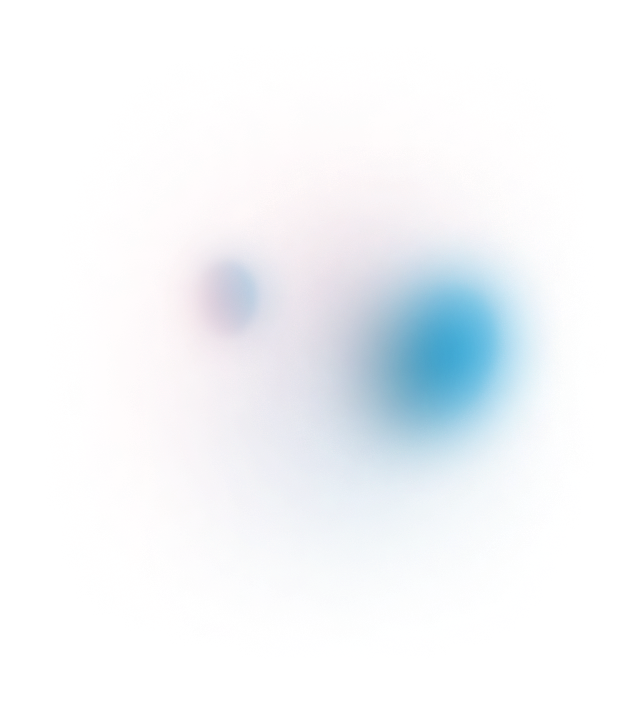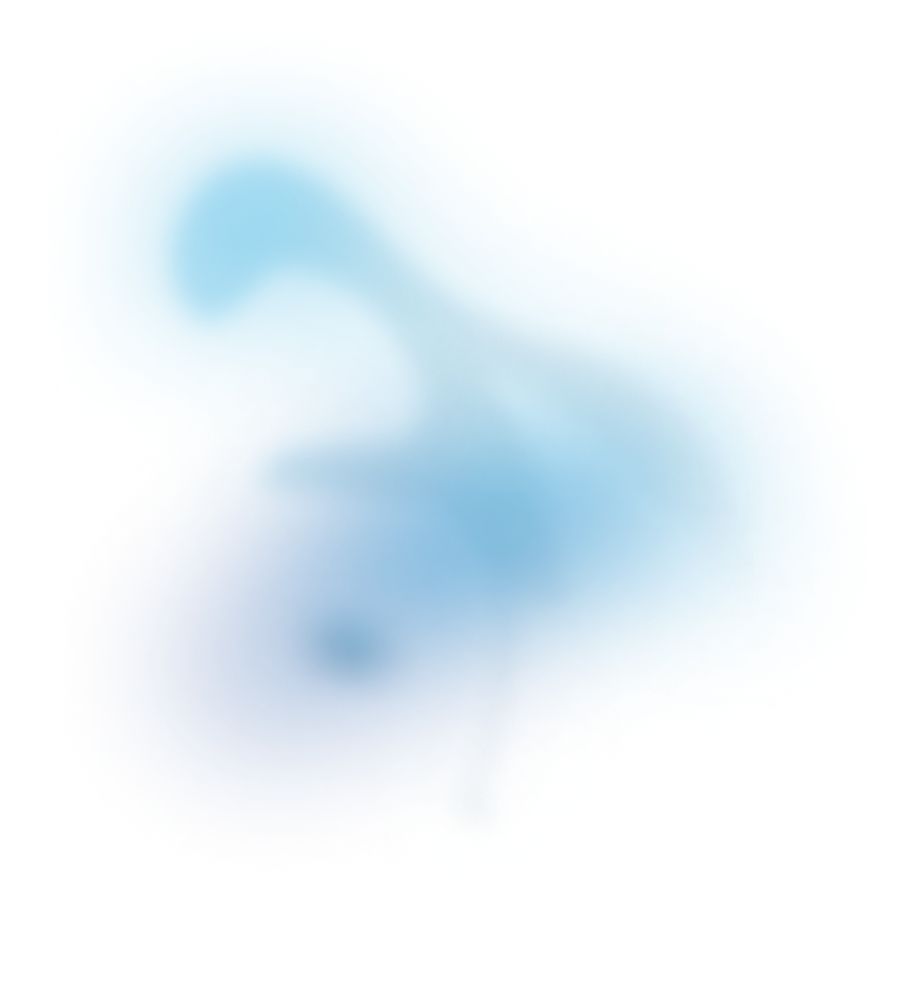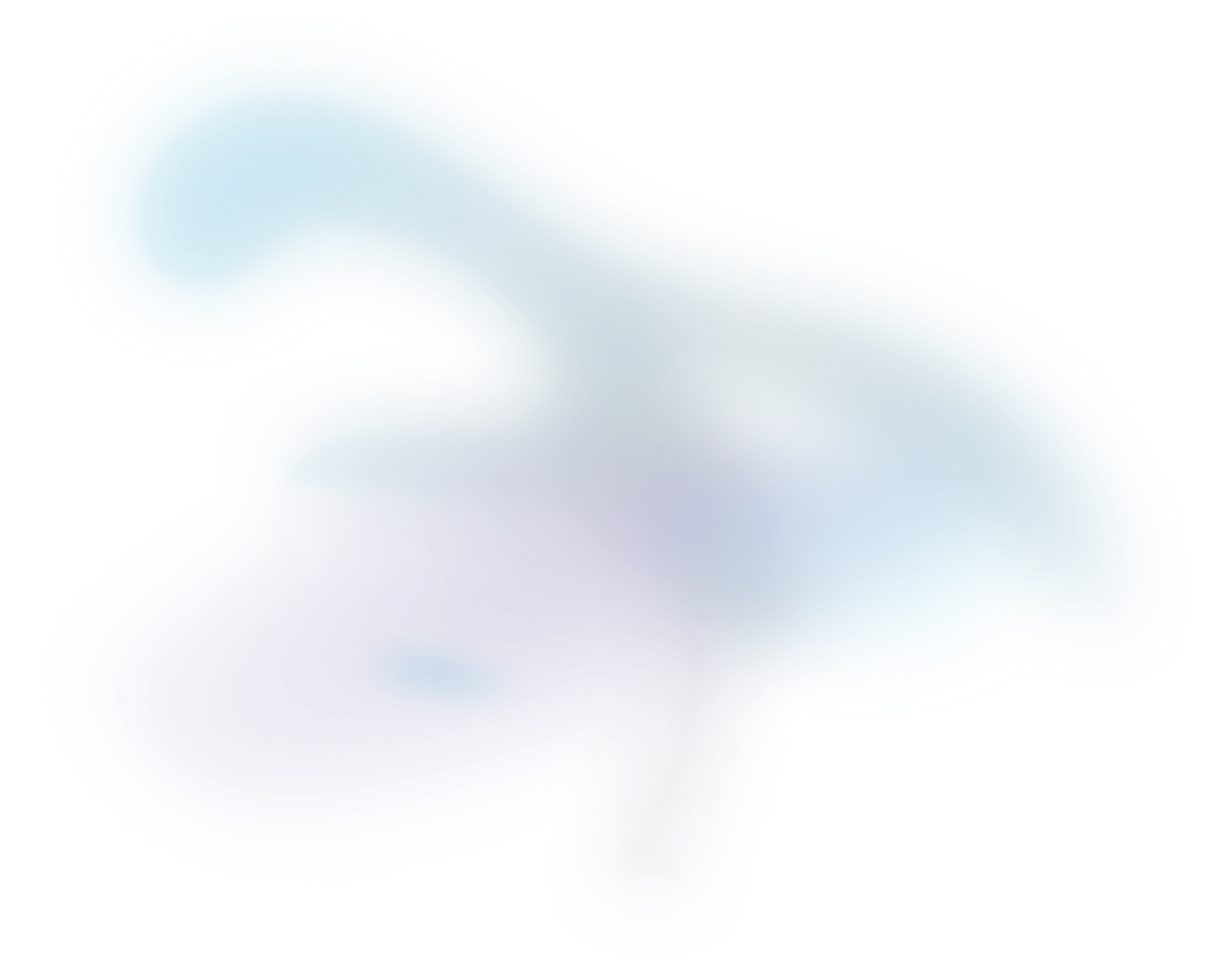

Recap - SITC 2024
It was a great few days at the Society for Immunotherapy of Cancer (SITC) 2024 meeting, full of interesting posters, inspiring talks, and exciting discussions with friends old and new.
Access publication

Team Aspect are back in the office after a fantastic week in Houston for SITC 2024. In addition to showcasing Weave at our booth, Aspect Analytics submitted three posters this year and were co-authors on a further two more.

The posters were as follows:
Abstract 831 - Introducing a software package for integrated visualization and data analysis of spatial omics datasets
In this collaboration with researchers from the group of Joe Poh Sheng Yeong, A*STAR in Singapore, this poster demonstrated how our Weave platform provides a solution for spatial omics data analysis and visualisation, as demonstrated on two different use cases:
- Lung cancer biopsies where single sections had been serially analysed for in-situ spatial transcriptomics using Xenium from 10X Genomics, sequential multiplexed immunofluorescence with the Lunaphore COMET, and H&E staining.
- Where a cohort of EBV-associated nasopharyngeal tumours had been analysied with Visium spatially-resolved transcriptomics.
For both uses, we demonstrated integrated visualisation of datasets and derived data analysis results. To view this poster, please go here.
Abstract 832 - Reproducibility and quality assessment study of Xenium and Visium spatial transcriptomics assays from multiple carcinoma samples via a end-to-end spatial multi-omics platform Weave

Using multiple carcinoma samples from the BioChain’s oncology biospecimen collection, Weave was used to co-register, annotate, and visualize Xenium, Visium and histology datasets and assess reproducibility. This successful study could not be achieved without the BioChain team, who generated the datasets and annotated the histology images. This poster can be found here.
Abstract 91 - Using spatial multi-omics to investigate the contribution of tumor microenvironment to minimal residual disease and intrinsic chemoresistance of high-grade serous ovarian cancer
Presented by Sammy Ferri-Borgogno of MD Anderson Cancer Center, this study used a spatial multi-omics approach covering antibody-based spatial proteomics from the COMET, with histology and mass spectrometry-based spatial peptidomics, spatial glycomics, and sptial metabolomics to examine differences between minimum residual disease-positive and -negative high-grade serous ovarian cancer patient samples. You can find this poster here.

Thanks to our collaborators and see you next year!
